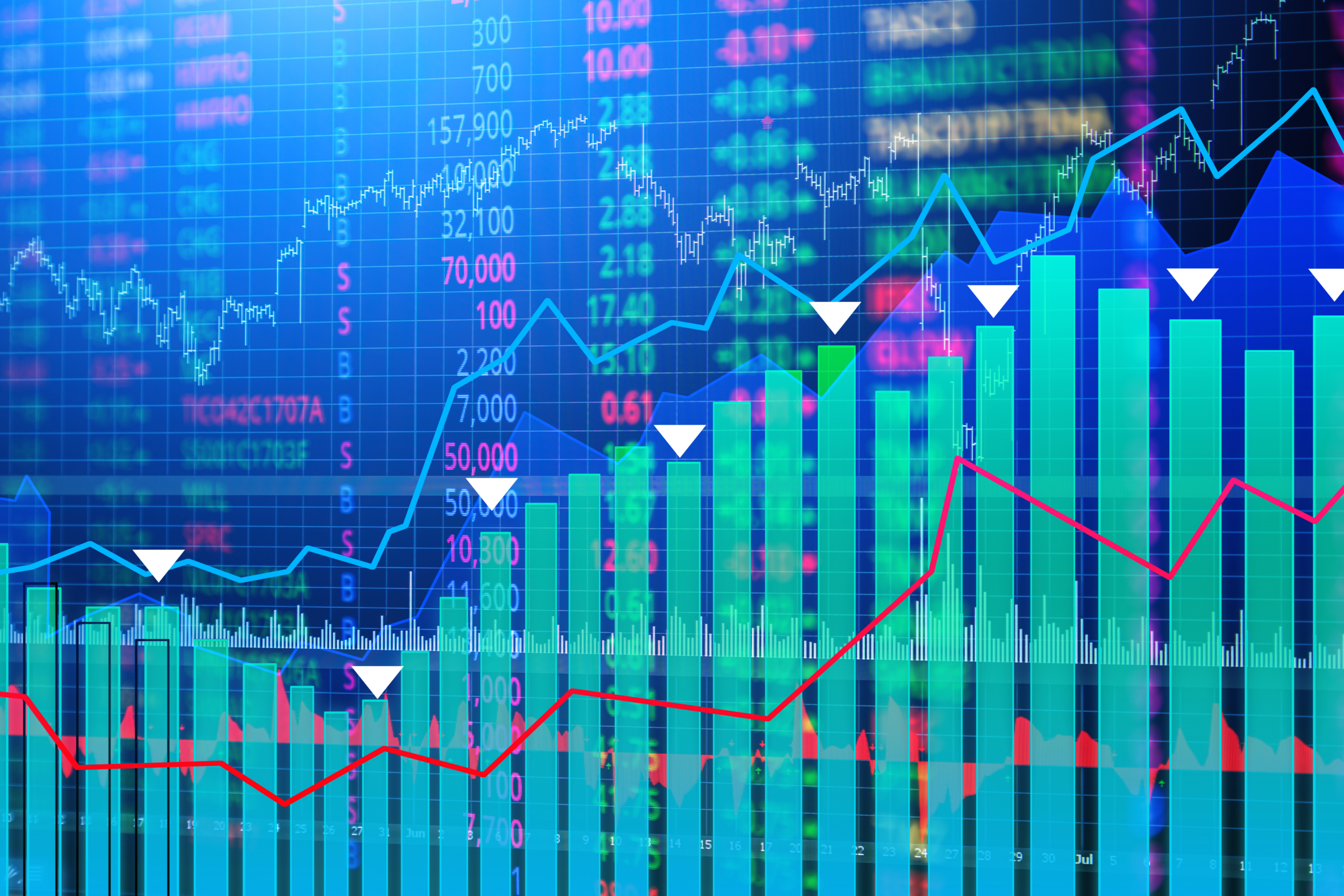
Employee share incentive schemes can serve as an effective alternative to bonuses. They not only offer tax savings for employees, but also promote greater participation and loyalty within the company. There is also a tax saving of employer PRSI for the employer where remuneration is by way of equity participation when compared to cash or other benefits.
Depending on the type of scheme, employees might need to hold onto the shares for several years before they can enjoy the tax benefits.
One of the key considerations when implementing a share plan is the valuation of the shares. Accurate valuation from the outset is crucial to ensure the proper taxation of the awards, such as growth shares and restricted shares.
In this article we consider the following type of employee share incentive schemes:
- Share option schemes
- Restricted Stock Units (RSUs)
- ‘KEEP’ share option schemes
- Growth/Flowering Shares
- Restricted Shares
1. Share Options
This is an option granted by a company to its employees to subscribe for shares at a pre-determined price at some point in the future. The option must be exercised in order for the employee to get beneficial ownership of the share. Prior to exercise, the employee does not have any rights relating to the shares. The employee pays taxes on any profit made when they eventually exercise the shares. There’s a deadline to exercise this option (usually 7 years) to avoid tax issues on granting. The burden for withholding tax is now placed on the employer for all options exercised on or after the 1st of January 2024. CGT is chargeable on any subsequent disposal of the shares.
2. Restricted Stock Units (RSU’s)
This scheme awards free shares to employees, and usually vest after a set period (can be time-based or performance-based). Employees are taxed on the market value of the shares at vesting, similar to a salary, and the employer withholds the tax. There are no tax implications at the grant. Conditions outlined in a plan document must be met before shares are issued.
3. Key Employee Engagement Programme (KEEP)
This is a tax advantageous share option scheme introduced specifically for certain qualifying SME companies for their employee or directors. Employees do not pay taxes when they exercise the option to buy shares. Instead, they pay capital gains tax (33%) when they eventually sell the shares. There are several conditions to be satisfied which can make KEEP challenging, including that options must be granted at market value. However, due to the tax benefits, KEEP is worth considering when deciding on what plan to utilise.
4. Growth/Flowering Shares
Growth shares are a special class of ordinary shares that generally have a low or nil value until a certain target or hurdle is reached by the business. The growth share is subject to income tax, USC and PRSI on award and must be valued for tax purposes. This type of share award can be attractive where the owners wish to share in future growth in the value of the company. CGT will be payable on any growth in value.
5. Restricted Shares
Restricted shares are subject to income tax, USC and PRSI at the date of award. There is an abatement on the taxable value available under Section 128D which reduces the taxable value by 10% per year of restriction up to a maximum of 60%. There is a claw back of income tax if restrictions lifted or varied before the end of the restricted period. CGT will be payable on any growth in value.
If you are considering implementing an employee share incentive scheme and require advice on choosing the right plan to implement, please do not hesitate to contact us.







 The shift of share options from the Irish self-assessment system to PAYE withholding from 1 January 2024 is a significant change arising from Finance (No. 2) Bill 2023. Prior to this, employees were required to report and remit taxes within 30 days of exercising an option on Form RTSO1. Additionally, they were required to file an income tax return for the relevant year.
The shift of share options from the Irish self-assessment system to PAYE withholding from 1 January 2024 is a significant change arising from Finance (No. 2) Bill 2023. Prior to this, employees were required to report and remit taxes within 30 days of exercising an option on Form RTSO1. Additionally, they were required to file an income tax return for the relevant year.
